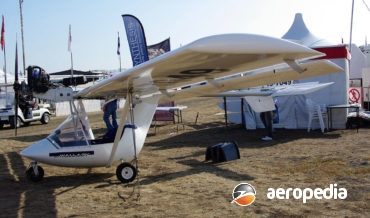All Contents
Contents
Probably the most famous aircraft in Australia, the Fokker F-VII series was designed originally by A H G Fokker as a single-engine, high-wing, cantilever monoplane at a time when other airliners in the world were adaptations of World War I biplanes
David C. Eyre
- May 8, 2019
The Hornet S-10 was a tail-less flying-wing of composite construction designed and developed by Mr David Betteridge of Free Flight Gliders of Adelaide, SA, this Company planning to start production of the Hornet as the Model 130S, describing the aircraft as a flying-wing minimum aircraft
David C. Eyre
- May 8, 2019
The Universal, built by the Fokker Aircraft Corporation and the Atlantic Aircraft Corporation, was the first Fokker type designed entirely in the USA
David C. Eyre
- May 8, 2019
This was one of a series of more than 120 machines designed and entered around the World to try and win a competition announced by Henry Kremer, a British Industrialist, to build and fly a human-powered aircraft over a figure of eight course covering a distance of 16-km (1-mile), the
David C. Eyre
- May 8, 2019
In the 1950s Folland commenced design of a lightweight fighter as a private venture known as the FO 145 and the prototype, known as the Midge (G-39-1) flew for the first time on 11 August 1954 at Boscombe Down in Wiltshire
David C. Eyre
- May 8, 2019
Flown for the first time on 12 August 1965, the first production Aero Subaru followed three years later on 4 December 1968
David C. Eyre
- May 8, 2019
In the summer of 1928 Mr Selby Ford, who operated a powerhouse at Beverley, WA, marked out in chalk on the floor of the building the full-size plans of an aircraft he proposed to build
David C. Eyre
- May 8, 2019
The Javelin was a single-seat ultralight sporting aircraft marketed in Australia by Flight 95 of Lindfield NSW in the mid-1980s and had a single-surface with Dacron covered high-wing, this being a strut-braced monoplane and which itself was a development of the company’s Mustang
David C. Eyre
- May 8, 2019
The Trimotor was produced by what was then the largest automobile manufacturer in the world, the Ford Motor Company, some 198 examples being built by the Aviation Division in a variety of models between 1926 and 1933 when the Great Depression forced the closure of the Aviation Division
David C. Eyre
- May 8, 2019
Albert John Fortescue (1870 – 1936) was a member of a family which ran a company G E Fortescue & Sons, which manufactured agricultural implements
David C. Eyre
- May 8, 2019
During production the F-27 series continued to be developed to meet customer requirements
David C. Eyre
- May 8, 2019
The Foster Wikner Wicko was designed in 1936 by Geoffrey Neville Wikner as a low-cost light aeroplane for private and club use
David C. Eyre
- May 8, 2019
In April 1962 the Fokker company announced its intention to develop a short-haul jet airliner to complement its successful Fokker Friendship
David C. Eyre
- May 8, 2019
Found Brothers Aviation Ltd was formed in 1946 to build a light utility aircraft known as the FBA-1 for bush operators in Canada from the Mackenzie River up to the Arctic coast, the aircraft to be able to operate on wheels, skis or floats and be able to withstand the
David C. Eyre
- May 8, 2019
With the success of the F-28-1000 series Fokker moved to develop further variants to meet airline needs
David C. Eyre
- May 8, 2019
The Terrier 100 is a composite construction two-seat light aircraft designed and built by Foxcon Aviation of Seaforth, near Mackay, QLD, the prototype (19-3127) flying for the first time in the late 1990s
David C. Eyre
- May 8, 2019
The launch order by Ansett Airlines of Australia early in 1985 for ten examples with an option on a further five aircraft (later converted to an actual order) helped to ensure the initial sales success of the Fokker 50 twin-engine turboprop series of commercial airliners well into the 1990s, and
David C. Eyre
- May 8, 2019
The Foxjet was developed in the 1970s by Foxjet International as a small business jet half the size of a Learjet, able to operate from grass-strips, and with low operating costs
David C. Eyre
- May 8, 2019
In 1912 Anthony Fokker created Fokker Aeroplanbau GmbH in Germany, which three years later became Fokker Flugzeugwerke GmbH, and during World War I produced aircraft at its main factory at Gorries aerodrome near Schwerin, more than 3,000 being delivered
David C. Eyre
- May 8, 2019
The RJF-2 is a light high-wing sporting monoplane with a pusher engine designed and built by Mr Robert Francis
David C. Eyre
- May 8, 2019
The MD-3 Rider was designed by Jaroslav Postal, the prototype [OK-JUR-06] being flown at Kunovice in the Czech Republic on 25 February 2004, being followed by the first production aircraft [OK-JUR-17] on 7 August that year
David C. Eyre
- May 8, 2019
The CT2K, initially known as the Pegasus CT2K, is one of a new breed of light aircraft being developed around the world to meet new regulations for light aircraft which may be operated under ultra-light/microlight rules or can comply with normal registration requirements
David C. Eyre
- May 8, 2019
The Focke-Wulfe Fw-44 Stieglitz (Goldfinch) was designed for the Luftwaffe as a basic trainer and the prototype first flew in 1932 piloted by Gerd Achgelis
David C. Eyre
- May 8, 2019
During the Cold War US satellite surveillance detected large high-speed machines operating at low-level over the Caspian Sea
David C. Eyre
- May 8, 2019
The Fokker 70 project was launched in 1992 without a launch customer It had a lot of commonality with the F-100, the airframe, wing and systems being almost identical but the fuselage was 462 m (15 ft 1¾ in) shorter
David C. Eyre
- May 8, 2019
The Flightstar series of light aircraft is produced in kit form at Ellington, Connecticut, by Flightstar Inc but hen first introduced to the market in the early 1980s was known as the Pioneer Flightstar
David C. Eyre
- May 8, 2019
The prototype of the Fokker 100 (PK-MKH) flew for the first time on 30 November 1987 at Schiphol airport, Amsterdam, being designed “as a simple, low-cost, no-nonsense, affordable airliner”
David C. Eyre
- May 8, 2019
The Z1 Sportplane was conceived and designed by Lynn Williams as a light simple sporting biplane designed to look like the Staaken Z1 Flitzer German parasite fighter aircraft which was built to operate from airships in World War I
David C. Eyre
- May 8, 2019
In the 1950s the famous Fokker organisation in the Netherlands commenced the design of a replacement for the Douglas DC-3
David C. Eyre
- May 8, 2019
The Catalina was designed and built by Fly Synthesis in Italy as a simple to build and operate amphibian with an electrically operated retractable undercarriage, which can be operated with a lowering system which, in the event of a problem, can be lowered and locked into position under gravity
David C. Eyre
- May 8, 2019
Following the huge success of the Friendship series, Fokker moved to produce a number of variants to meet customer requirements
David C. Eyre
- May 8, 2019
The Storch is one of a new breed of ultra-light aircraft produced in Italy for the recreational aircraft market
David C. Eyre
- May 8, 2019
The Fly Synthesis Syncro is one of a series of light aircraft produced in Italy for the light aircraft market and was introduced at the 2009 Aero Show at Friedrichshafen, being supplied only as a complete and ready-to-fly aircraft
David C. Eyre
- May 8, 2019
The Fleet trainer series, which received its name from Major Reuben H Fleet, evolved from the Consolidated Model 14 Husky Junior which was fitted with an 82-kw (110-hp) Warner Scarab engine
David C. Eyre
- May 8, 2019
The Texan is a light sporting aircraft built by Fly Synthesis in the Czech Republic and is produced in two basic variants, the Texan TC with a fixed tricycle undercarriage, and the Texan RG, the same aircraft with a retractable undercarriage operated by compressed air, but with a manual override
David C. Eyre
- May 8, 2019
Over the years in order to reduce the operational cost of operating an agricultural aircraft operators have fitted a number of engines to the type and these have included converted motor vehicle and truck engines These have included the following
David C. Eyre
- May 8, 2019
Fly Synthesis was established in 1985 when development of a series of light aircraft was commenced at Friuli in the Venezia region of north-east Italy
David C. Eyre
- May 8, 2019
Since it was introduced to the agricultural industry in the 1950s the FU-24 series has seen a lot of development
David C. Eyre
- May 8, 2019
The Tucano is a 70% scale replica of the Embraer Tucano two-seat military trainer produced in Italy for the sports aircraft market and by mid-2015 more than 12 kits had been completed around the world and production of kits continues
David C. Eyre
- May 8, 2019
The FU-24 was one of three designs by John Thorp for the Fletcher Aircraft Corp of El Monte, California, as the Thorp T15, the FU-24 Utility was adapted for aerial agriculture operations in New Zealand The prototype (N6505C – later ZK-BDS – c/n 1) was flown for the first time
David C. Eyre
- May 8, 2019
Recent Comments
Archives
Categories
- No categories
Categories
- No categories
Latest Posts
Newsletter

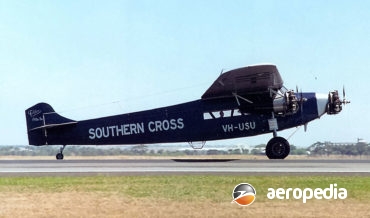
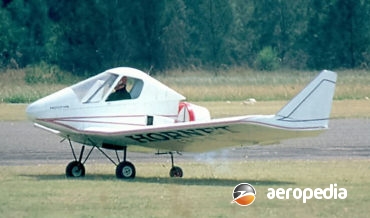
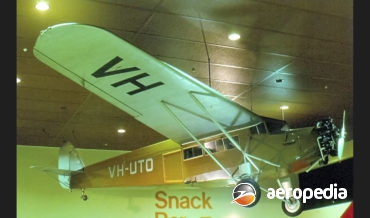

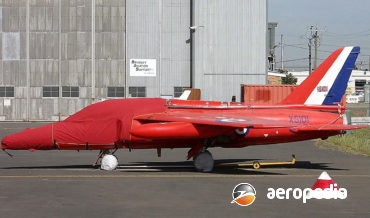
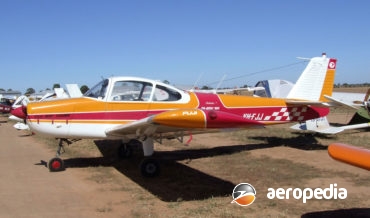
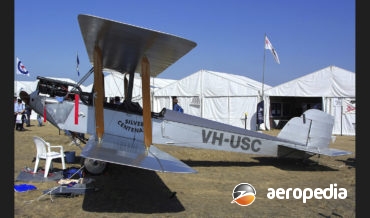
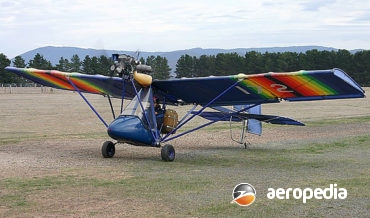

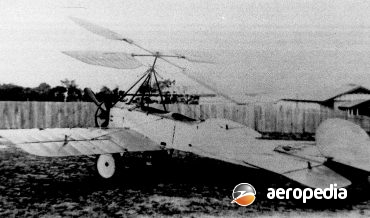
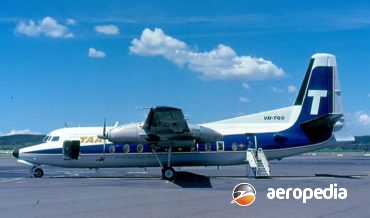
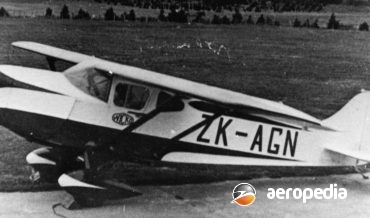

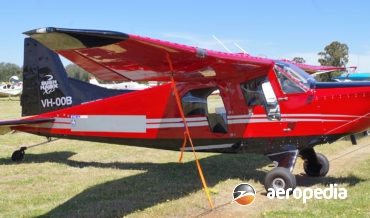
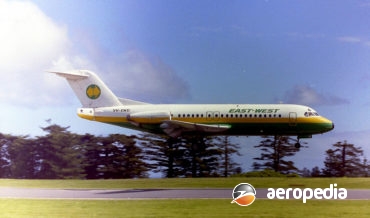
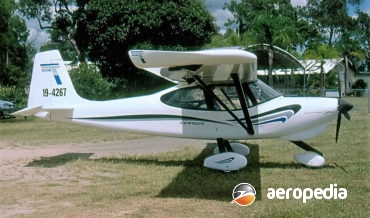
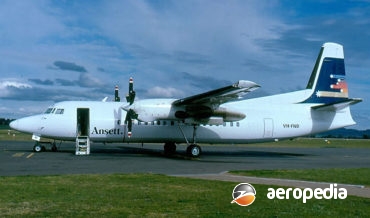
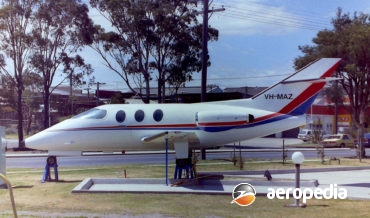
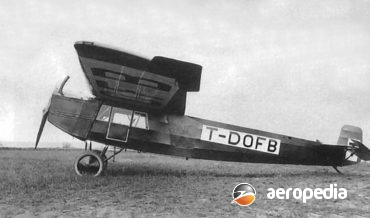
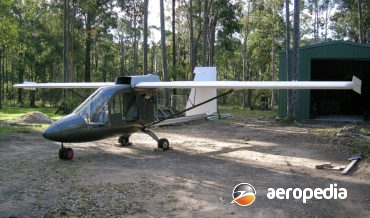
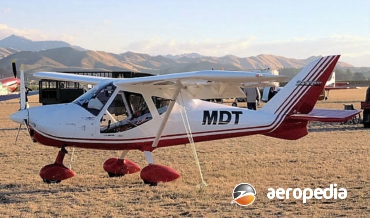

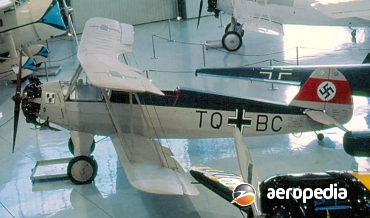
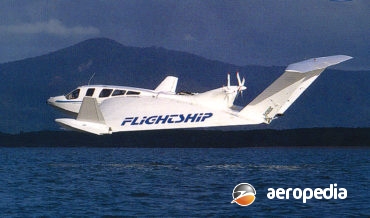

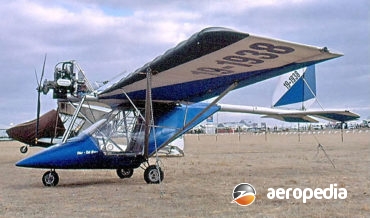
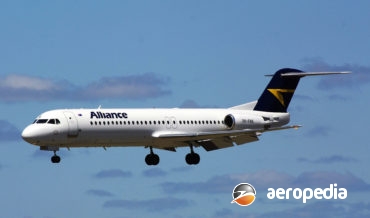
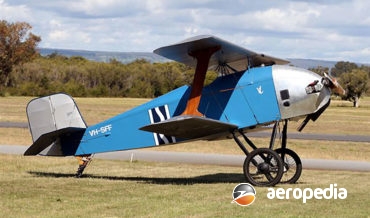
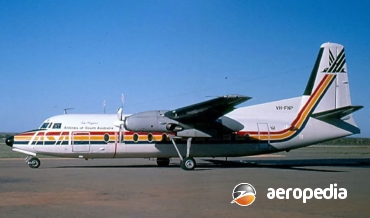
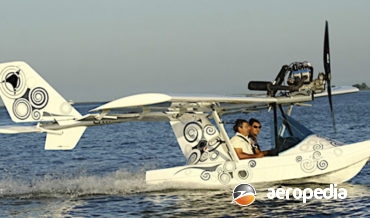
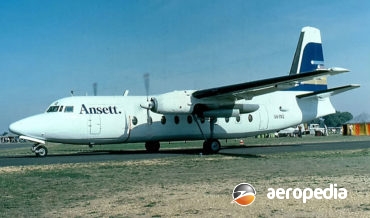

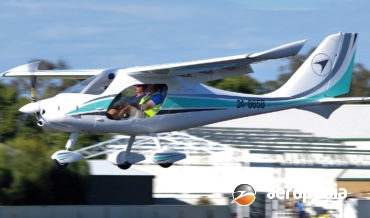
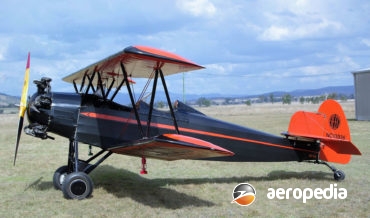
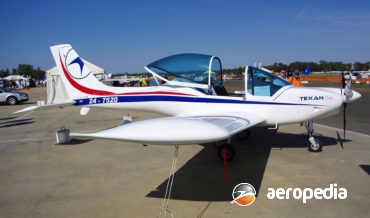
![FLETCHER FU-24 [ENGINE CONVERSIONS]](https://aeropedia.com.au/wp-content/uploads/2019/05/Fletcher-FU-24-engine-conversions-Aeropedia-The-Encyclopedia-of-Aircraft-Australia-New-Zealand-370x218.jpg?v=1588645299)
